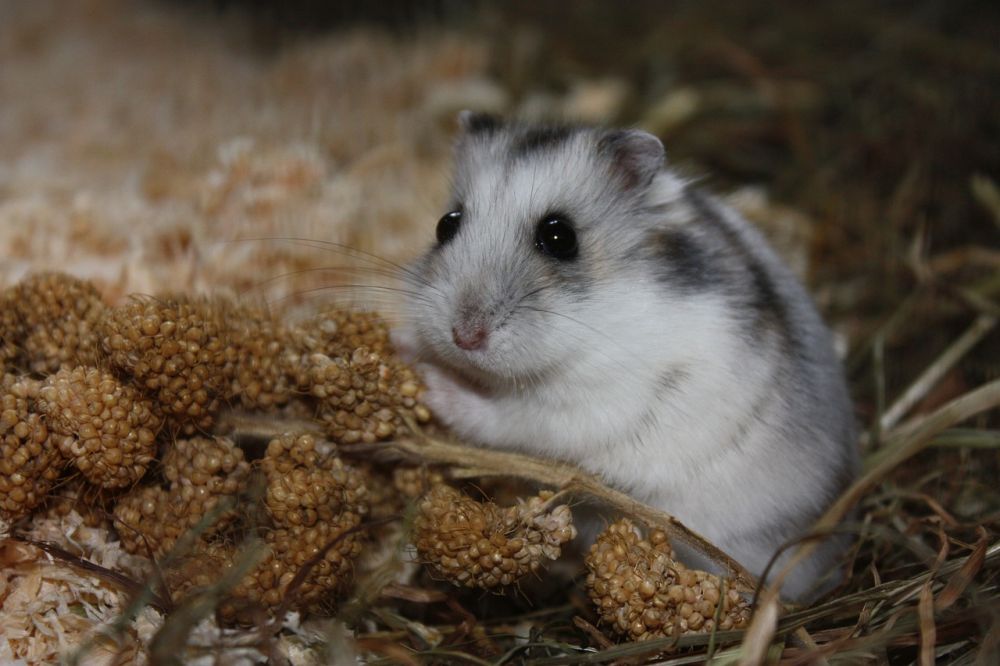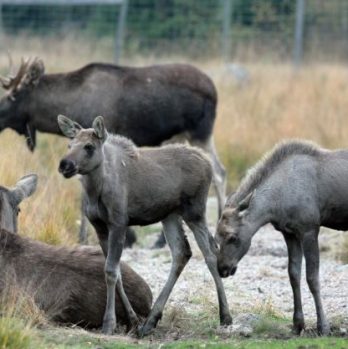Sand Hamster: A Comprehensive Overview

Introduction to Sand Hamsters
Sand hamsters are small rodent mammals known for their unique adaptation to sandy desert environments. These fascinating creatures belong to the genus ”Mesocricetus” and are native to the deserts of North Africa and the Middle East. With their distinctive sandy fur and ability to thrive in harsh desert conditions, sand hamsters have captivated the interest of both scientific researchers and pet enthusiasts around the world.
Types of Sand Hamsters and their Popularity

There are several different types of sand hamsters, each with its own unique characteristics and features. The most commonly known sand hamster species include:
1. Syrian Sand Hamster: This is the most popular and widely kept species of sand hamster as a pet. Syrian sand hamsters are known for their friendly and docile nature, making them ideal companions for individuals of all ages. They have plush fur, which varies in color from creamy white to golden brown.
2. Roborovski Sand Hamster: Also known as the ”Robo” hamster, this species is one of the smallest in the sand hamster family. Roborovski hamsters are incredibly active and playful, making them a favorite choice among pet owners who enjoy observing their energetic antics. They have a sandy brown coat with distinct white markings on their face and paws.
3. Turkish Sand Hamster: Endemic to Turkey, this species of sand hamster is known for its robust build and beautiful fur. Their fur can range from pale beige to a reddish-brown color, allowing them to blend seamlessly into their sandy habitats. Due to their larger size, Turkish sand hamsters require more space in captivity compared to other species.
Quantitative Measurements of Sand Hamsters
Sand hamsters are generally small in size, measuring between 5 to 7 inches long, excluding their tail. They weigh around 2 to 4 ounces, depending on the species. Despite their small size, sand hamsters are excellent diggers, equipped with strong forelimbs and sharp claws that allow them to burrow deep into the sand.
In terms of lifespan, sand hamsters typically live for 2 to 3 years, although there have been reports of certain individuals living up to 4 years in captivity. Their reproductive cycle lasts around 16 to 18 days, with the average litter size ranging from 4 to 8 pups.
The Variations Among Sand Hamsters
Despite belonging to the same genus, sand hamsters have distinct differences in their behavior and physical characteristics. Syrian sand hamsters, for example, are solitary animals and prefer to live alone, while Roborovski hamsters are highly social and thrive in small groups or pairs.
In terms of physical features, Syrian sand hamsters have longer fur compared to Roborovski hamsters, which have a smoother coat. Syrian hamsters also have more varied color patterns, with some individuals even displaying patterns of spots or stripes.
A Historical Perspective on the Pros and Cons of Sand Hamsters
For several decades, sand hamsters have been popular as pets due to their adorable appearance and relatively low maintenance requirements. Pet owners appreciate their calm nature, making them perfect for households with children or individuals looking for companionship.
However, it is crucial to note that sand hamsters have specific needs that must be met to ensure their well-being. These include providing a suitable habitat with ample space for burrowing and exercise, a balanced diet rich in fruits, vegetables, and high-quality hamster pellets, and regular veterinary check-ups.
Conclusion:
In conclusion, sand hamsters are captivating creatures that have adapted to thrive in sandy desert environments. With their diverse species and unique traits, they have become popular pets among individuals seeking a fascinating companion. By understanding the different types, quantitative measurements, variations, and both the advantages and disadvantages of keeping sand hamsters, potential owners can make informed decisions about their suitability as pets.











